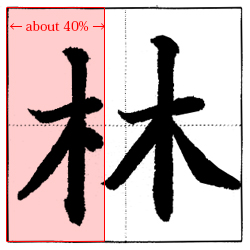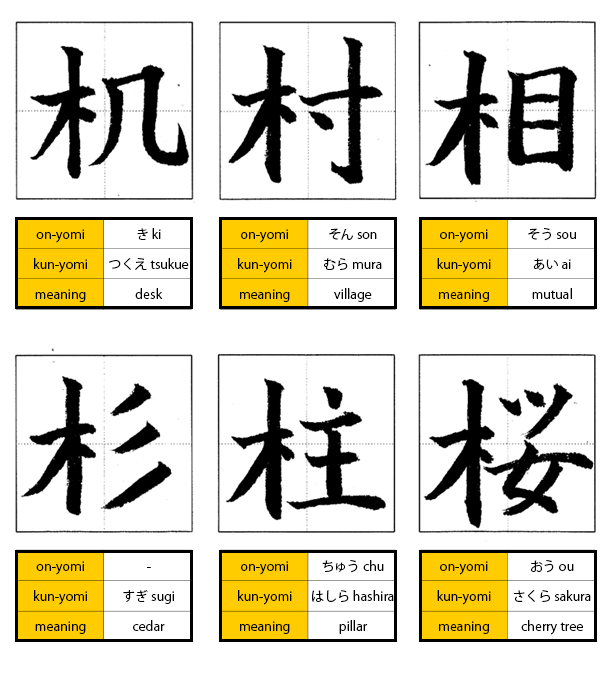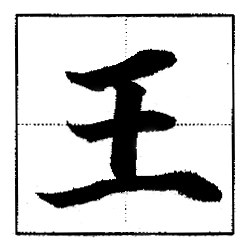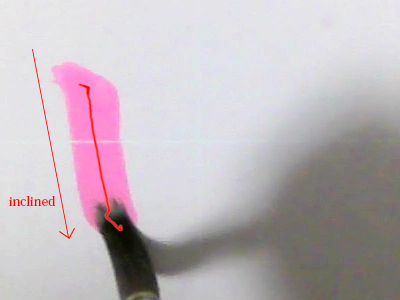First, download and print a practice sheet here
.Now let's try kanji with radicals.
You are going to write a kanji with "木" ki (tree).
When you look at kanji, you may notice that there are some common parts.
For example, "村" mura (village) and "机" tsukue (desk) have the same parts on the left.
These common parts are called "部首" bushu (radicals).
Depending on the radical, it is on the left, right, top, or bottom.
This radical, 木, usually comes on the left.
As you might guess, kanji with radical "tree" are related to a tree.
Let's take a look at the kanji below.

This is today's sample "林" hayashi (woods). Two "tree" stands for "woods".
You may think it's just two "tree", but the left and right parts have some differences.
In general, when you draw radicals on the left, draw it within the 40% as pictured below.

It looks better if the right side of radical lines up on the 40% line.

This theory also holds true for other radicals as shown below.

Now Let's go back to "woods".
In terms of the "tree" on the right, it is drawn the same way that I showed in the past article.
Please refer to the link below.
Shodo Online Lesson 3, “Left Sweep” and “Right Sweep”
The "tree" on the left is not symmetrical.
The left half is longer.
And also make sure the fourth stroke is "stop" (止め), and not "sweep" (払い).

How was this lesson?
If you would like more practice, I prepared a practice sheet for radical "tree".
Please download and print the practice sheet.











